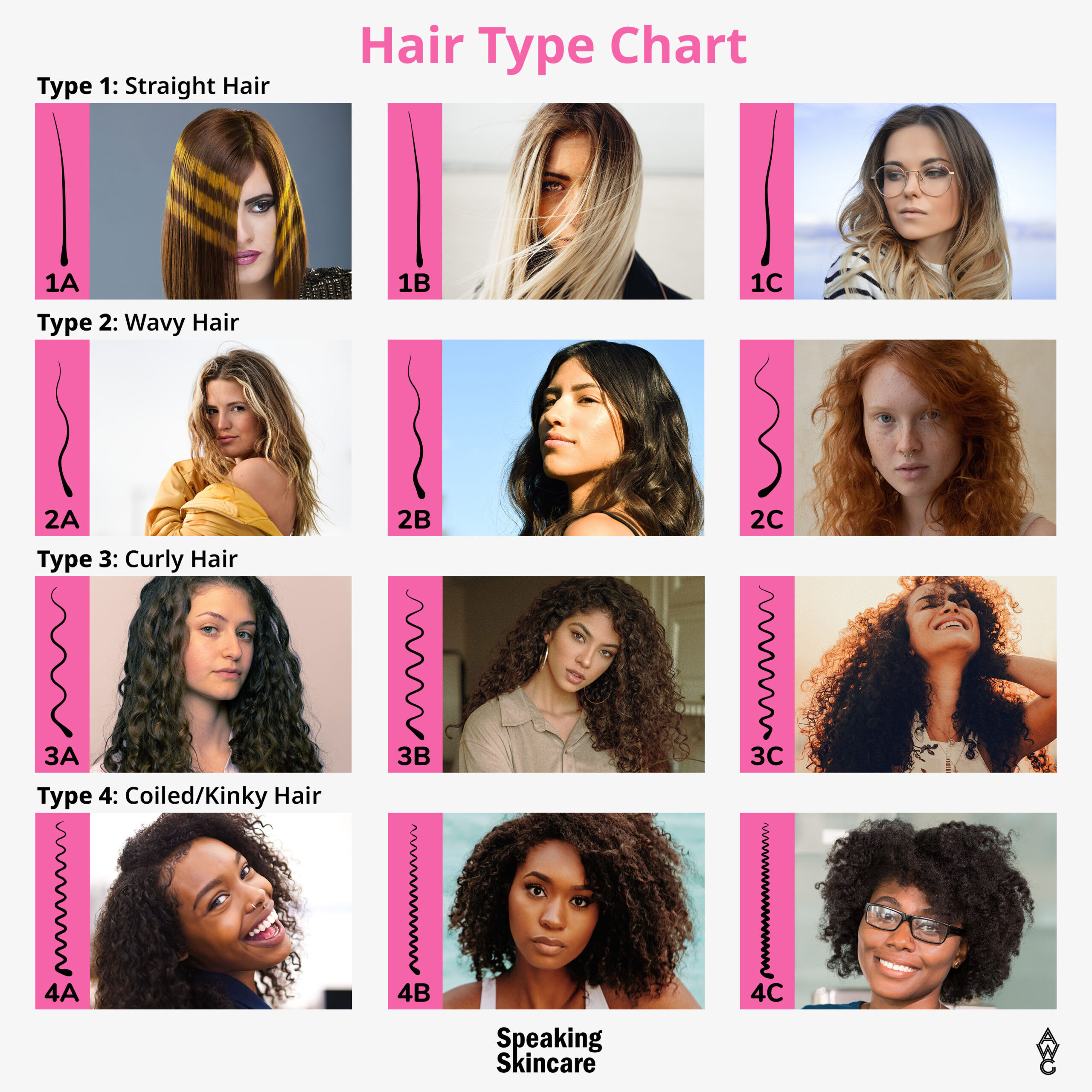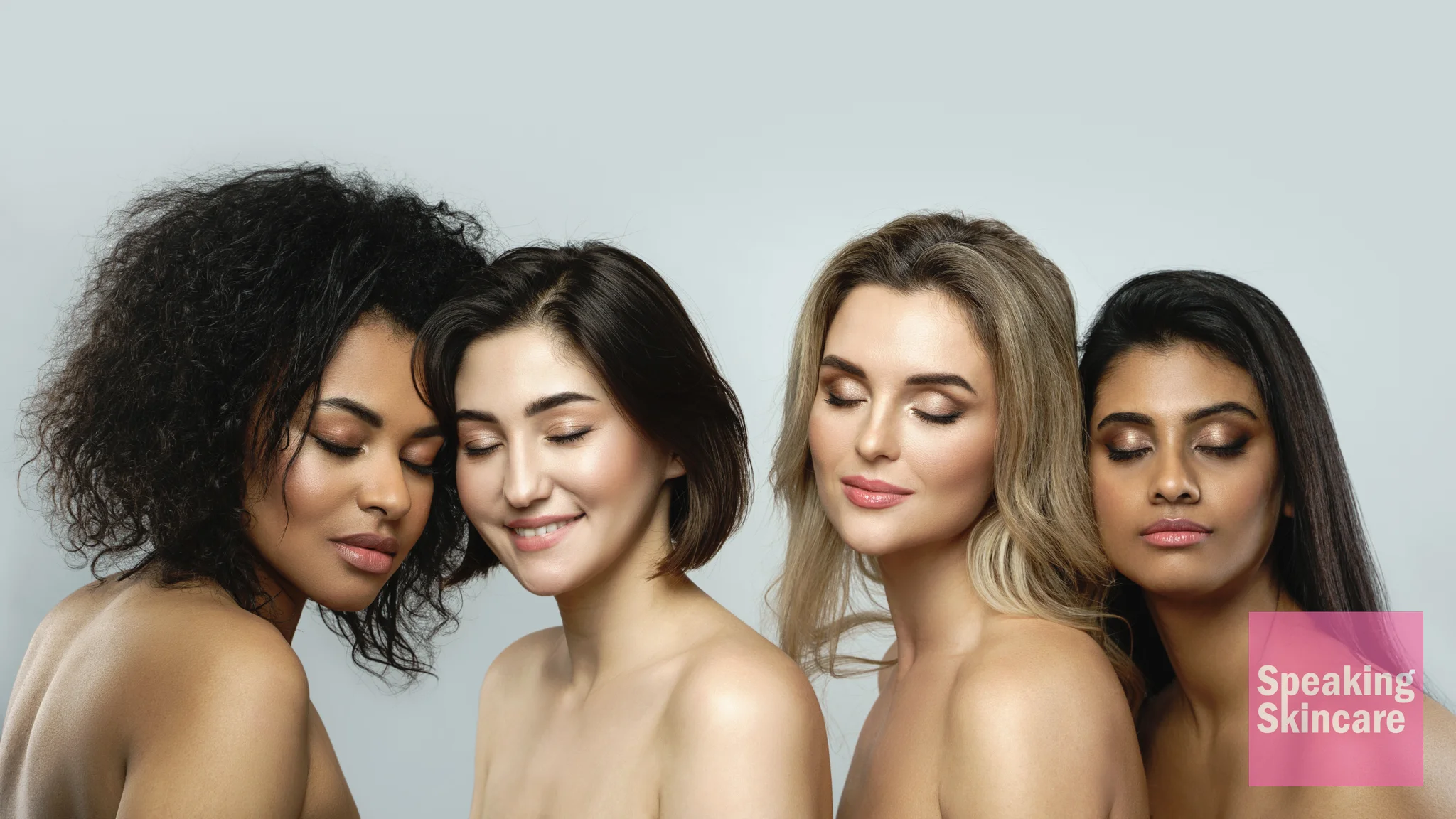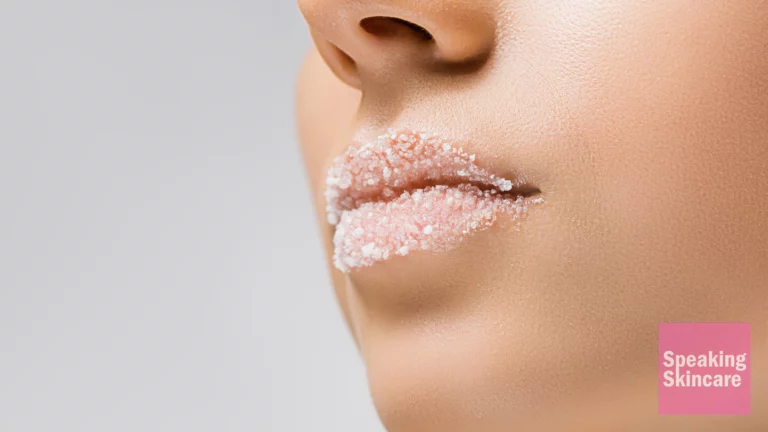If you’re a regular connoisseur of cosmetics and especially skincare, you’ll be aware of the different categories of skin types (Normal, dry, oily, sensitive & combination). Well, your hair has a type too, and there are 4 main groups that determine what type of hair everyone has.
Of course, there’s an element of generalization when it comes to these categories, and everyone is different in certain ways, but overall these classifications have worked pretty well at educating consumers about how their hair lies, grows, and reacts to treatments and products. All of this is vital information for when you’re browsing hair-care items, as you don’t want to apply something to your hair that either won’t work or doesn’t vibe with it.
So let’s get into these different groups and you can figure out which one your hair belongs in.
Use the image we have created below as a visual reference.

Hair types
Type 1: Straight Hair
Perhaps the most recognizable hair type is straight hair. It’s not difficult to identify, and even though there are variations that occur (see images 1a, 1b & 1c) they aren’t that different from each other and sometimes can’t really be separated.
Typically, straight hair is quite difficult to style in any fashion beyond its natural state. This is because out of all the hair types it is the oiliest. An excess of sebum is excreted by the scalp, and this natural oil is absorbed into the hair which gives it its straightness. With the right products, straight hair can be morphed into stunning styles.
Type 2: Wavy Hair
Imagine a middle ground between super straight hair and curly hair and you’ll find yourself here. Wavy hair doesn’t curl tightly but can give you that windswept and interesting look. It tends to be prone to bouts of frizz and can sometimes be difficult to style, but not as hard as straight hair.
Again, with the right products and hair-care routine, wavy hair can be styled in a variety of ways. Perhaps the biggest positive about wavy hair is the fact it’s already a highly desired style for many, so if you wake up every morning with the surfer look, count yourself lucky!
Type 3: Curly Hair
If you have luscious curls that resemble the letters “Z” & “S”, congrats, you have the hair many people desire. It’s not a walk in the park though is it, you may find your hair can get frizzed often, and is especially vulnerable and reactive to environmental elements. This can lead to damage so it’s very important to take proper care of your curls.
Type 4: Tightly Coiled/Kinky Hair
Tightly coiled hair is exactly how it sounds, extremely curled and scrunched. Despite being high density it can also be very fragile, and out of all the hair types it tends to get damaged the easiest.
Along with curly hair, this type is absolutely the best base to start from if you are aiming to grow dreadlocks, as the hair is already in a twisted state which makes it a much smoother task than the straighter and thinner hair types.
Wrapping up
There you have it. Pretty simple, right? While these categories are never perfect and are generalizations, they do provide a useful framework to identify distinctive types. Of course, within every type exist numerous variations, but so far they have worked well for consumers and brands alike.
What’s your hair type? What is your ultimate hair goal? Hopefully, you are in a better place to plan ahead thanks to the information above.




